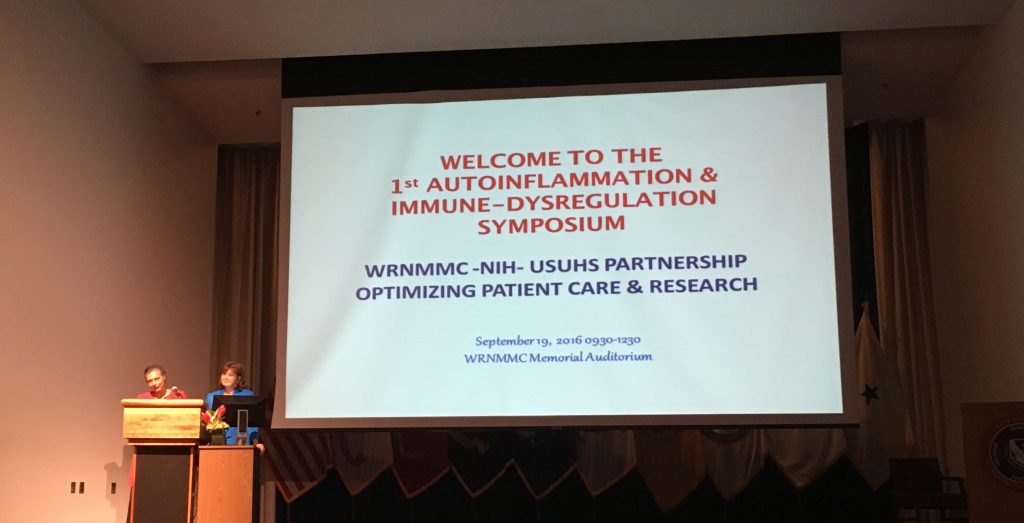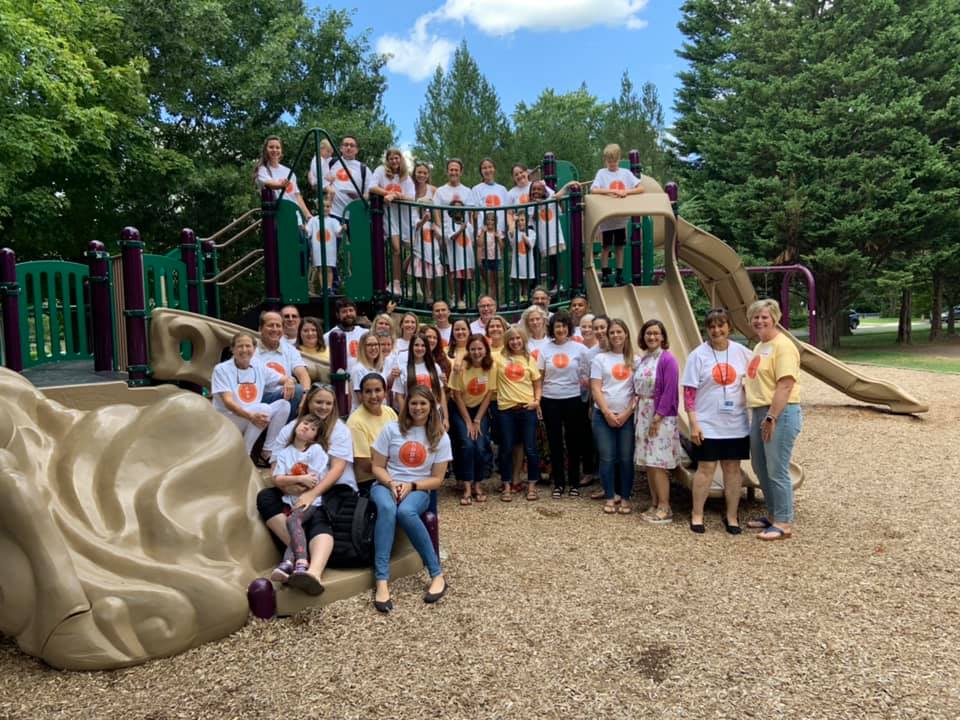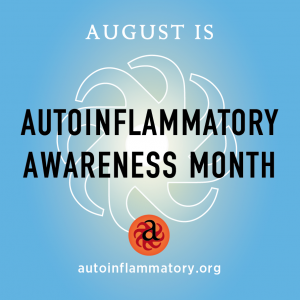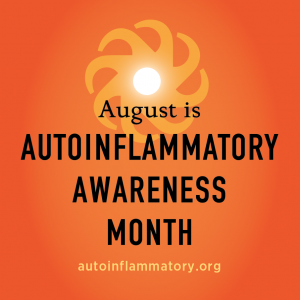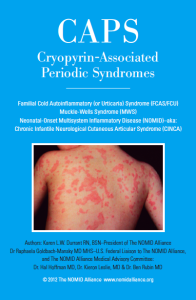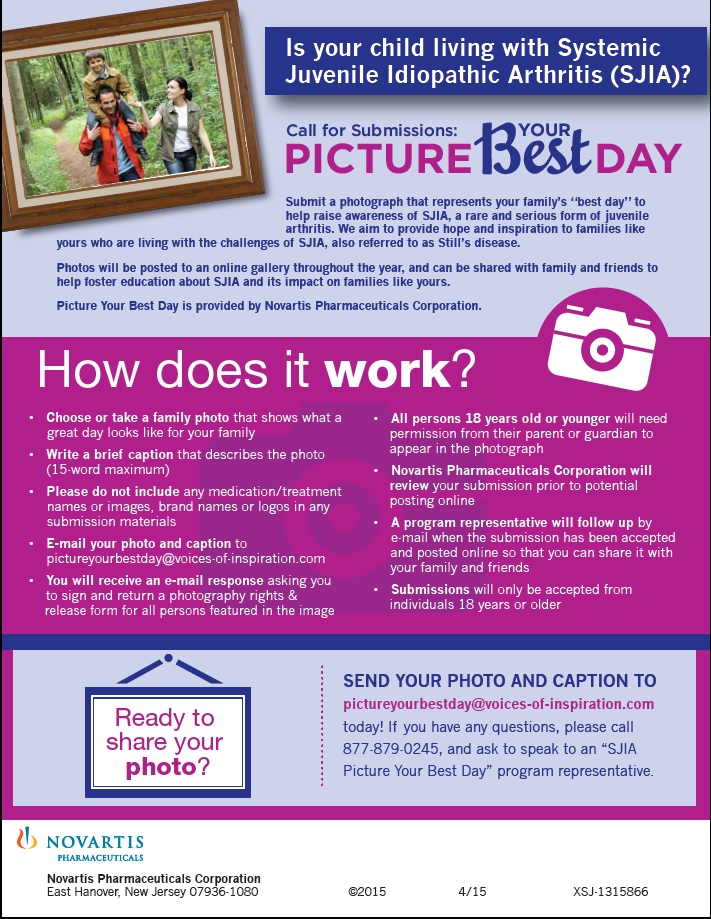Updated 7/29/20
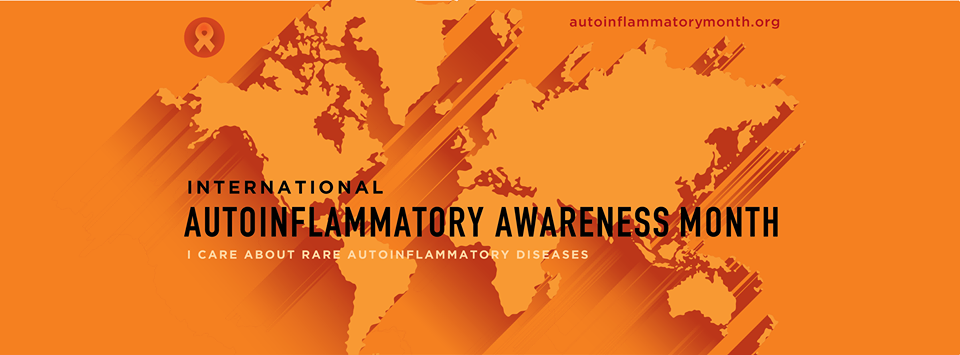
Official Autoinflammatory Awareness Month graphics (scroll to the bottom for more) on this page may be downloaded to use for awareness efforts on social media, blogs, and websites. Graphics may not be altered without written permission. We ask that if used on a blog or website that a link be included to one of our websites orFacebook page.
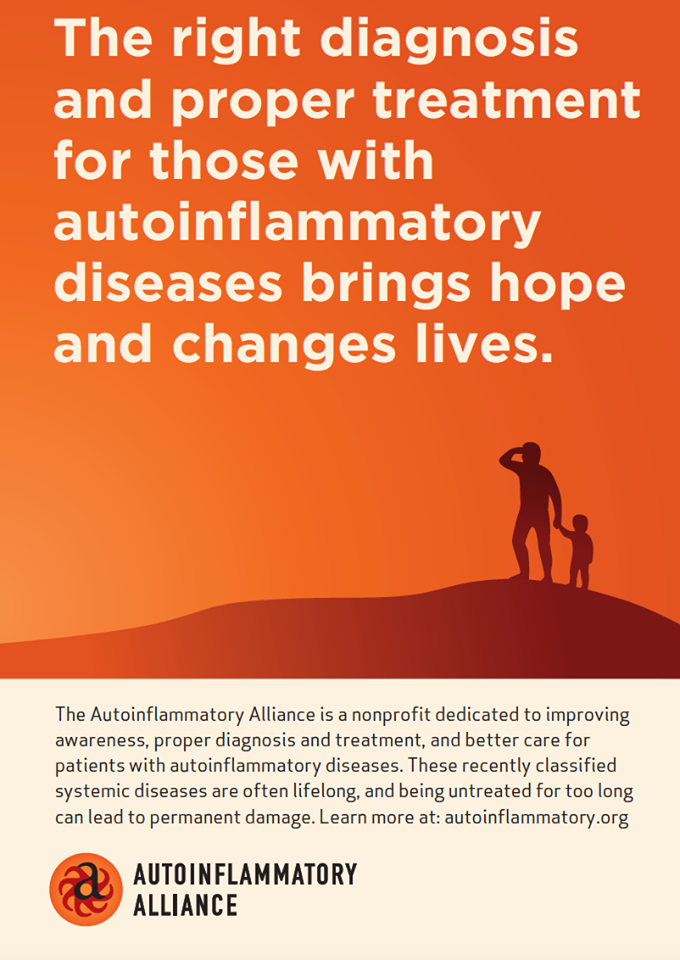 The Autoinflammatory Alliance declared August to be Autoinflammatory Awareness Month in 2015. This is the month that autoinflammatory organizations and patients with any of the autoinflammatory/periodic fever syndromes, such as PFAPA, CRMO, CAPS, HIDS, FMF, TRAPS, USAID, and others around the world can work together to fundraise for research and education and bring more awareness to these very rare diseases.
The Autoinflammatory Alliance declared August to be Autoinflammatory Awareness Month in 2015. This is the month that autoinflammatory organizations and patients with any of the autoinflammatory/periodic fever syndromes, such as PFAPA, CRMO, CAPS, HIDS, FMF, TRAPS, USAID, and others around the world can work together to fundraise for research and education and bring more awareness to these very rare diseases.
Why August? August is generally the hottest month for many regions in the Northern Hemisphere. So it seems a perfect month to raise awareness about these syndromes that cause intense systemic inflammation and for many very high fevers that may rival the high temperatures in your area.
Disease awareness months lead to an increase in patients getting a proper diagnosis and treatment, help raise funds for research, and offer support and community for patients. We want International Autoinflammatory Awareness Month to be all of these things, but we need your help. Keep reading to learn what you can do.
Visit our official International Autoinflammatory Awareness Month website and follow the dedicated Facebook and Twitter pages to learn more, find events around the world, and get involved!
Our Mission
The Autoinflammatory Alliance is a 501 (c)(3) non-profit public charity dedicated to promoting awareness, proper diagnosis and treatment, and improved care for people with autoinflammatory diseases.
What Can You Do?
Fundraise for Autoinflammatory Education and Research
Donations support the efforts of the Autoinflammatory Alliance to increase awareness and education on these diseases, help patients get a proper diagnosis sooner, and raise funds for research. Some of our efforts include this blog and other websites, the development and maintaining of the Autoinflammatory Database that is free for doctors to use, and attendance at rheumatology and autonflammatory conferences around the world.
Click here to learn more about our history.
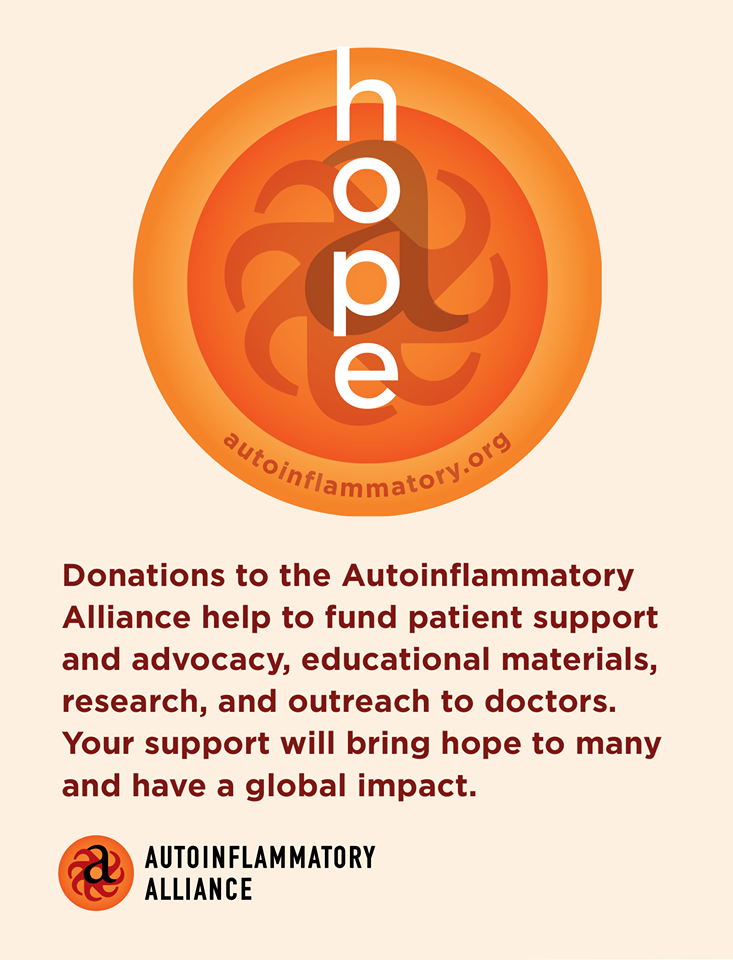
Donate or start a fundraiser here.
Support the Autoinflammatory Alliance and you will help:
- Fund more research-the more we raise, the more we can accelerate new discoveries and help for patients
- Increase awareness in the United States and internationally about autoinflammatory diseases
- Produce more educational materials in print and digitally for patients and medical professionals
- Translate educational materials into more languages
- Keep the Autoinflammatory Database updated
- Maintain and update our saidsupport.org blog and the Autoinflammatory.org website.
- Fund attendance at medical conferences around the world.
- Fund future autoinflammatory and immune dysregulation symposiums.
More About How Your Support Helps Fulfill Our Mission
In 2016 we supported and helped coordinate the 1st Symposium of Autoinflammation and Immmune-dysregulation held at Walter Reed National Military Medical Center and in collaboration with the National Institutes of Health was just one of the many Autoinflammatory Alliance 2016 highlights. Read more of what we accomplished in 2016 here
In 2019 the Autoinflammatory Alliance co-sponsored and was a major funder and coordinator of the internationally attended 2nd NIH-WRNMMC Symposium on Autoinflammatory & Immunedysregulatory Diseases which brought researchers and doctors together to address unmet needs for the care and treatment of autoinflammatory diseases. The week’s events included a medical symposium, disease focused working groups, and a patient and family education day.
Dr. Fauci, Director of the National Institute of Allergy and Infectious Diseases (NIAID), opened the symposium which included autoinflammatory/immune dysregulation experts from around the world speaking on genetics, treatments, biomarkers, new diseases such as HA20, and so much more.
The medical symposium addressed important research and new information on autoinflammation and immunedysregulation to help train doctors on these diseases. The medical symposium was also open to patients.
Following the symposium, the Patient and Family Education Day was a fully packed day of adults getting a crash course in all things autoinflammatory while the kids played games, painted, and made new friends. Click here to see videos of the patient day.
Autoinflammatory Alliance President Karen Durrant spoke at the closing of the 2019 NIH-WRNMMC Symposium on Autoinflammatory & Immunedysregulatory Diseases. You can see her speak at 8:16:30 in the video above.
One of the main goals of the program was to form a network of clinics and experts from North and South America, and guidelines for care, treatment and how to manage complex cases for a number of autoinflammatory diseases, which your donations can help fund.
When not cancelled due to a pandemic, the Autoinflammatory Alliance regularly attends rheumatology and immunology medical conferences and meetings. This gives us a chance to talk directly with doctors and researchers around the world to share experience and knowledge. Our booths at these conferences where we provide free educational materials to medical professions is always very popular and very busy with hundreds of doctors stopping by daily. Your donations can help us continue to attend these conferences.
Donate to the Autoinflammatory Alliance Here

Coordinate a Beat the Heat of Autoinflammatory Diseases fundraiser with your local ice cream shop – raise money and educate while beating the summer heat with ice cream!
Here are some fundraising ideas:
*These are ideas from past fundraisers. During the pandemic we encourage all fundraising to be virtual.
- Coordinate a Virtual 5k Your Way – You can run, walk, bike, skip, dance, swim, rock climb, surf, host a game night or do anything activity you like. Click here to learn more. Click here to start your Virtual 5k!
- You can set up a Beat the Heat of Autoinflammatory Diseases Ice Cream Fundraiser in your area – click here for more details.
- Or simply ask friends and family to make a donation in yours or your child’s honor for Autoinflammatory Awareness month. Donations can be made here.
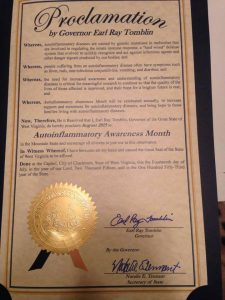
In 2015 the governor of West Virginia proclaimed August Autoinflammatory Awareness Month.
Get a Governor’s Proclamation
We want each state to recognize August as Autoinflammatory Awareness Month. To meet this goal, we invite anyone to contact their state governor to request they issue a Governor’s Proclamation. You can do this as an individual or if you live in a region with several other families, make a bigger impact by working together and contacting your governor as a group. And please share with us your efforts! You can give us updates on our Facebook page here.
Currently the states of Texas, South Carolina, and West Virginia recognize August as Autoinflammatory Awareness month.
Initiating Governor’s Proclamation
- Combine the cover letter, sample proclamation, and any other necessary materials into a sealed envelope. Click here for a PDF of a sample proclamation and cover letter you can use.
- Send your request to the address provided in the State Governor’s Contact list. U.S. mail should be used unless another form of communication (fax, e-mail, etc) is mentioned in your state/territory guidelines.
- Make a follow-up call to the governor’s office if you receive no information within 2-3 weeks of sending your request.
- Seek publicity after the governor approves the proclamation. It is great to have a state adopt the proclamation; it is even better to have the local newspaper report the action. Send a representative to the meeting when the proclamation is being adopted. Frequently, the governor’s office will present a quality copy to an appropriate recipient. Take photos.
- Be sure to send a follow-up thank you to the governor for the proclamation.
Become an Advocate
In August, all the legislators return to their hometowns for a few weeks. You can set up an appointment to meet with your elected officials when they are in your area, and this is a very good way to start advocating for issues that concern our community.
You can contact your elected officials through this great system with the Rare Disease Legislative Associates (RDLA) to email them about issues that concern you.
Keep checking for more updates here and on our Facebook page. We will post events and more ways you can get involved.
Sharing information on Facebook, Twitter, Instagram, and other social media sites and holding fundraisers for the Autoinflammatory Alliance are some more ideas of how you can help.
Be sure to use the autoinflammatory hashtags:
#autoinflammatory #autoinflammatoryawareness
#autoinflammatoryalliance #notjustafever
#morethanafever #hope4said #august4autoinflammatory
Don’t forget to link back to our Facebook page here or our Twitter page here!
Autoinflammatory Awareness graphics on this page may be downloaded to use for awareness efforts on social media, blogs, and websites. The graphic may not be altered without written permission. We ask that if used on a blog or website that a link be included to one of our websites or Facebook page.
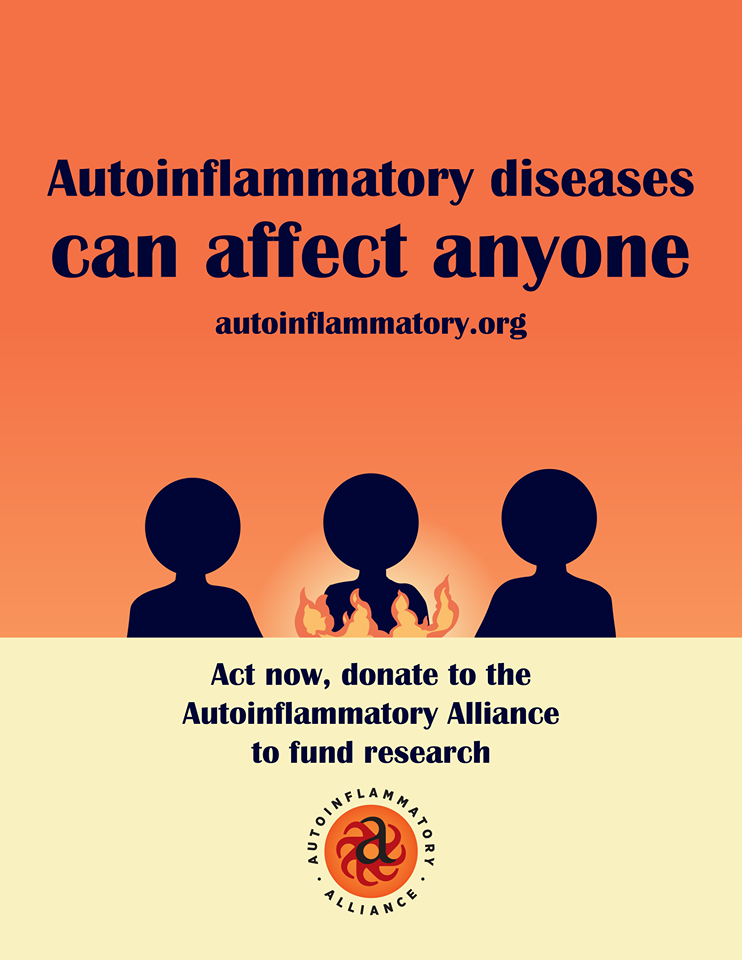
Graphic credit: PythonKitten
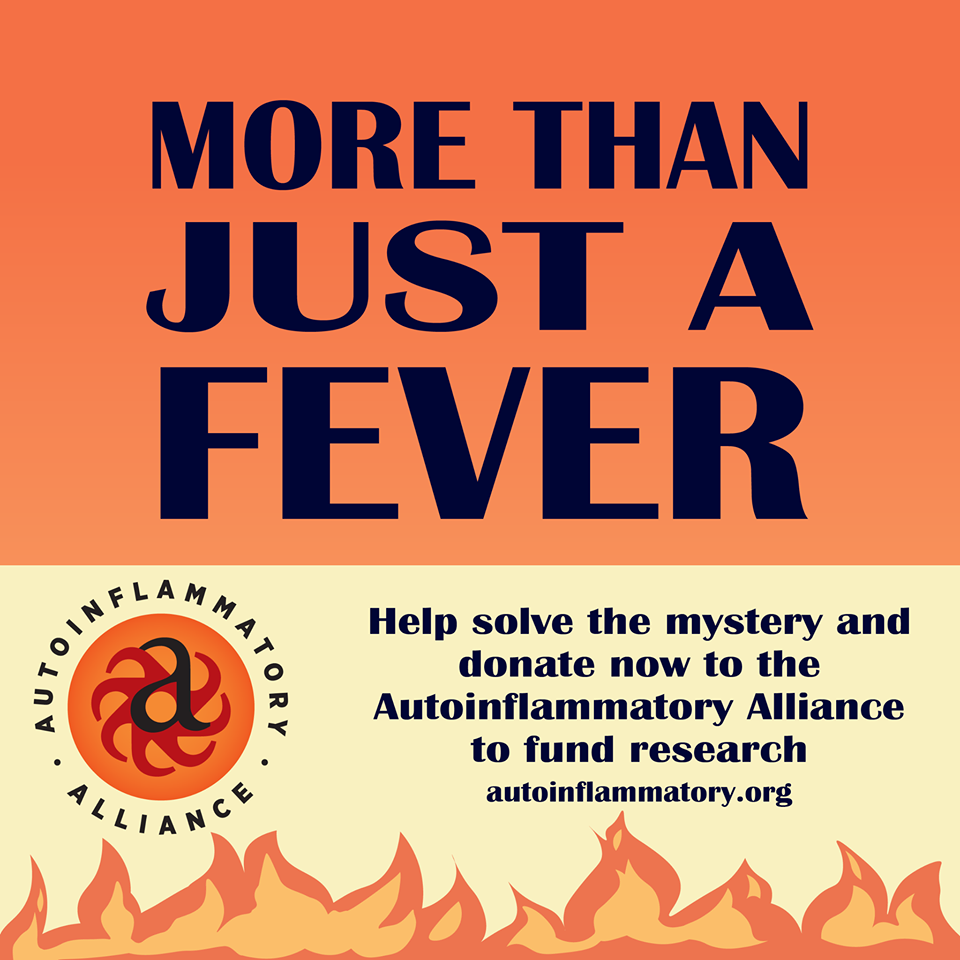
Graphic Credit: PythonKitten
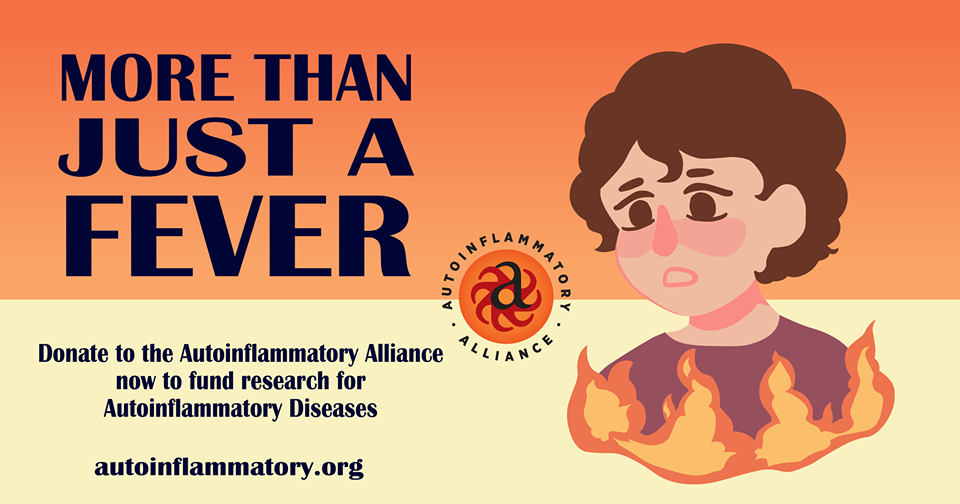
Graphic Credit: PythonKitten
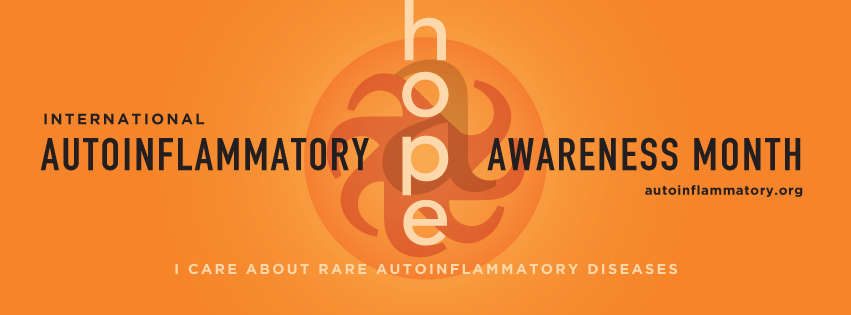
Click here to add this International Autoiflammatory Awareness Twibbon to your Facebook or Twitter profile.
Click here for more ideas on how you can help the Autoinflammatory Alliance at any time of the year.
The Autoinflammatory Alliance is a nonprofit organization dedicated to helping those with autoinflammatory diseases.
Donate now to help with awareness, education, and research for these rare diseases.


